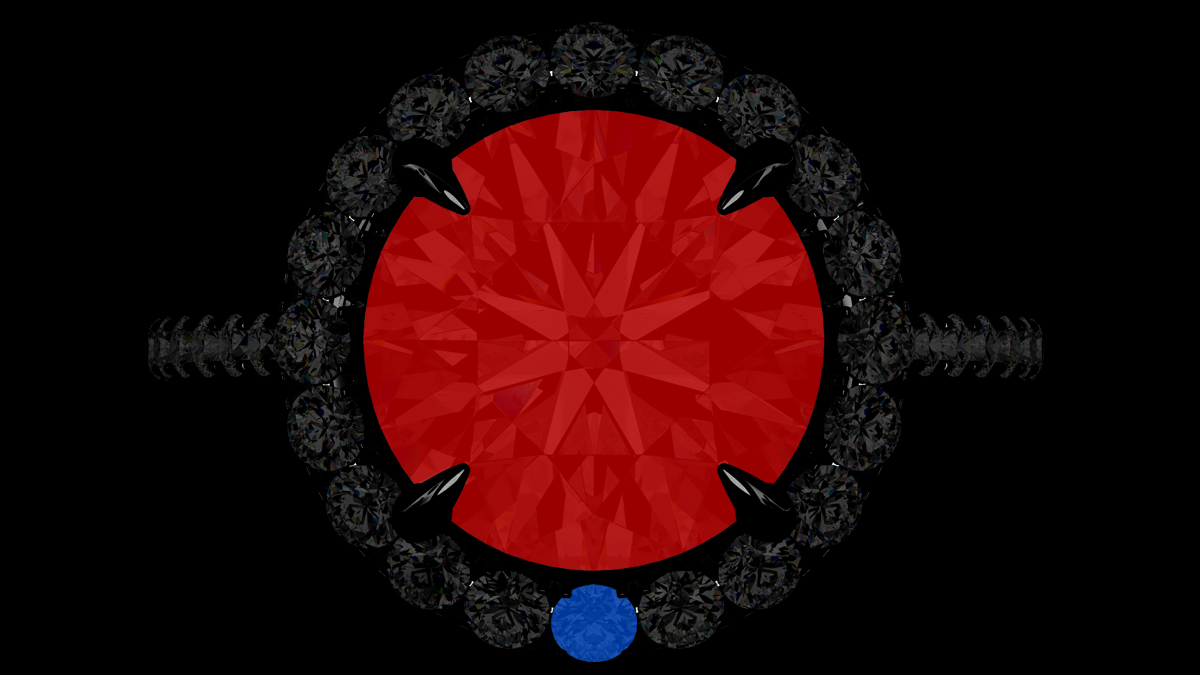In recent years, lab grown diamonds have gained increased popularity. The natural development of a diamond may now be mimicked in extremely controlled circumstances thanks to today's cutting-edge technology. As a result, lab grown diamonds can now be produced quickly and cheaply in a few days or weeks. Although they cost roughly 50% less, lab grown diamonds are chemically physically and optically like natural diamonds.
The top two methods for making lab-grown diamonds are CVD and HPHT, which use chemicals or high pressure and temperature. Each of these techniques has unique characteristics that allow gemmologists and well-equipped labs to distinguish it from another.
CVD lab diamonds glow under a special lamp called SWUV. A diamond will fluoresce when it is reacts to uv light from glaring sunshine or black light sources. Typical SWUV reactions seen in CVD diamonds include fluorescence colors of orange yellow green, violet, or blue. A change in fluorescence color can be seen after prolonged exposure to SWUV.
What is Phosphorescence in Diamonds?
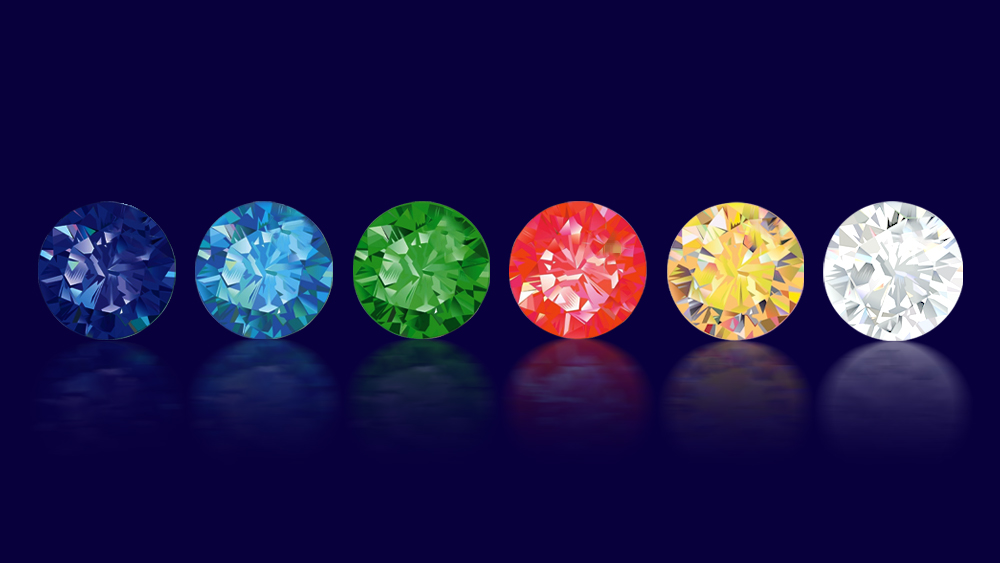
Phosphorescence is a rare quality in certain diamonds. It makes them glow when exposed to bright light and continue to glow even when the light is gone. The glow can last for a short time or a long time, depending on how bright the light was at first.
Some lab-grown diamonds made with HPHT process show phosphorescence when exposed to bright light, which is rare in nature. Diamond phosphorescence, like fluorescence, is brought on by UV light reacting with the presence of nitrogen and boron inside the diamonds.
However, unlike fluorescence, phosphorescence is not included on gemological diamond reports or certificates. To make sure you don't buy a diamond with phosphorescence, ask your jeweler to check and confirm before you order it.
What Is Fluorescence in a Diamond?
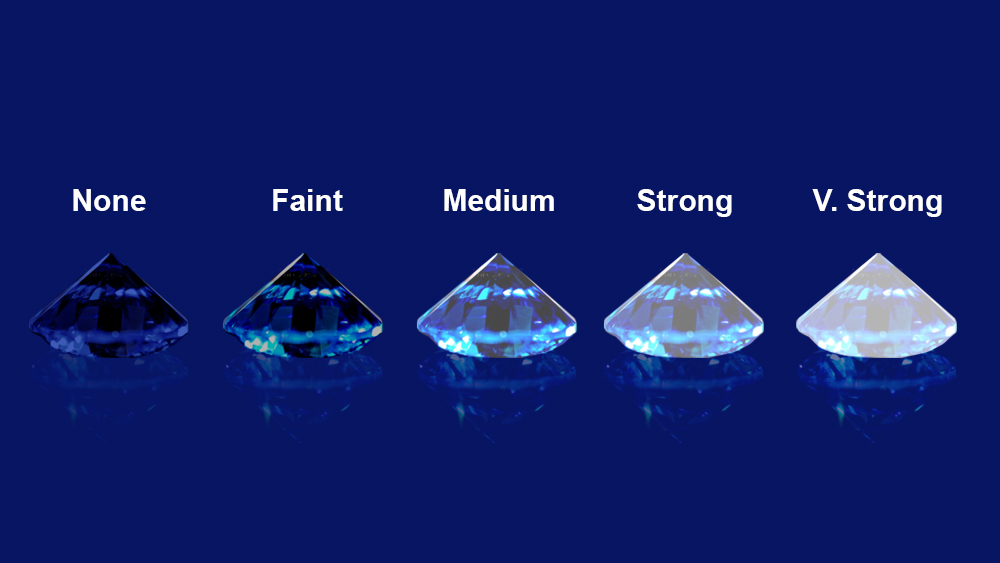
One-third to one-fourth of diamonds have a natural phenomenon that causes them to glow under UV light. The fluorescence of diamonds only happens when they are under UV light. Once the UV light is gone, the diamonds no longer glow.
More than 95% of diamonds that do this in response to UV radiation glow strong blue fluorescence. The majority of the remaining 5% glow yellow, however a small number glow green and, in exceedingly rare circumstances, red.
Diamonds glow blue and red because of a little nitrogen, while boron and aluminium make them glow in different colors. Some diamonds may shine or glow slightly when exposed to UV rays from the sun or a black light.
GIA (Gemological Institute of America) has set five levels of fluorescence: None, Faint, Medium, Strong, and Very strong. The brightness of a diamond under UV light doesn't always match its clarity or color grade. Two diamonds with different grades can still have the same brightness under UV light.
Is There a Fluorescence Grade for Diamonds?
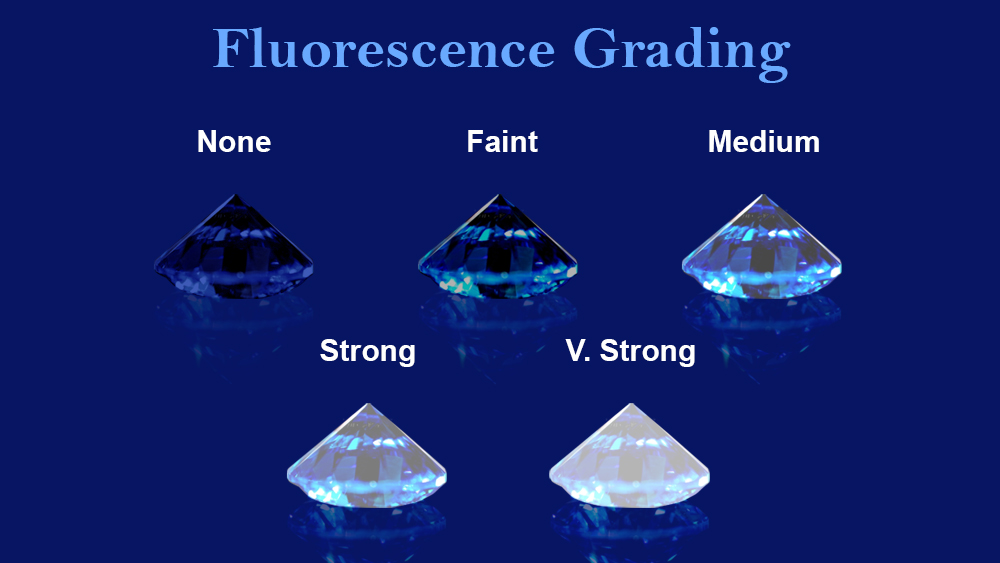
GIA uses four Cs for grading: color, clarity, carat weight, and cut. Fluorescence is not included. However, they do regard diamond fluorescence as a distinctive quality.
Diamond fluorescence is classified based on its intensity compared to reference stones in lab grading reports. The levels of fluorescence intensity include:
None
No impact at all
Faint
The diamond's beauty is barely affected by the extremely slight fluorescence. Most likely, our naked eyes won't be able to detect any difference.
Medium
Depending on the color grade and the ambient illumination, the fluorescence may be barely noticeable to the human eye.
Strong
The fluorescence may be seen with the naked eye and has an impact on the diamond's visual appeal.
Very Strong
The fluorescence is noticeable to the naked eye and has an extensive effect on the diamond's appearance.
Do HPHT Diamonds Exhibit Fluorescence?
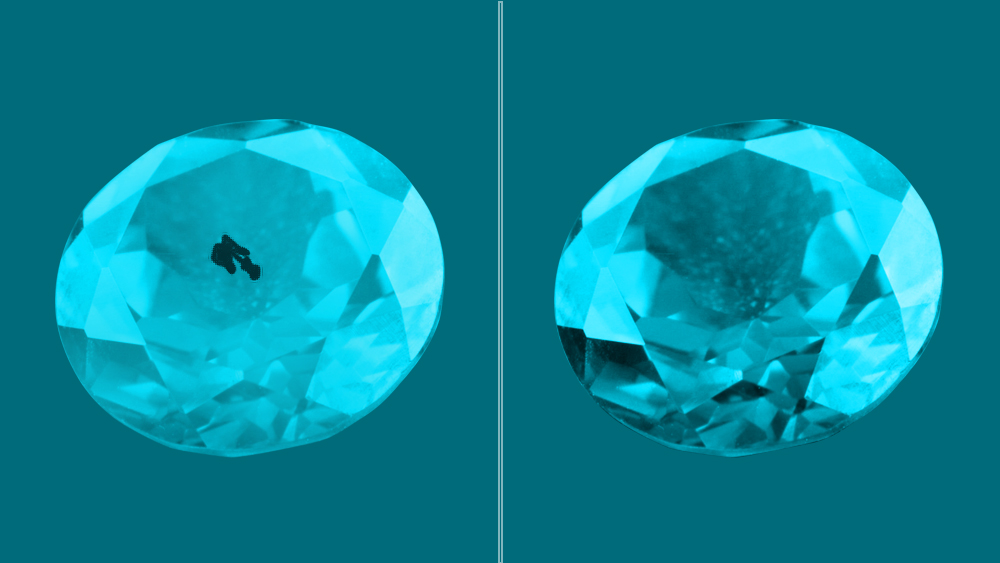
Similar to natural diamonds, HPHT diamonds also display fluorescence to some extent. The way these stones are made affects their fluorescence, clarity, and color grade. The environment they grow in is carefully controlled, unlike natural stones. HPHT diamonds made in controlled conditions have lower fluorescence levels compared to natural diamonds due to their growth environment.
Benefits of Buying a Fluorescent Lab Grown Diamond
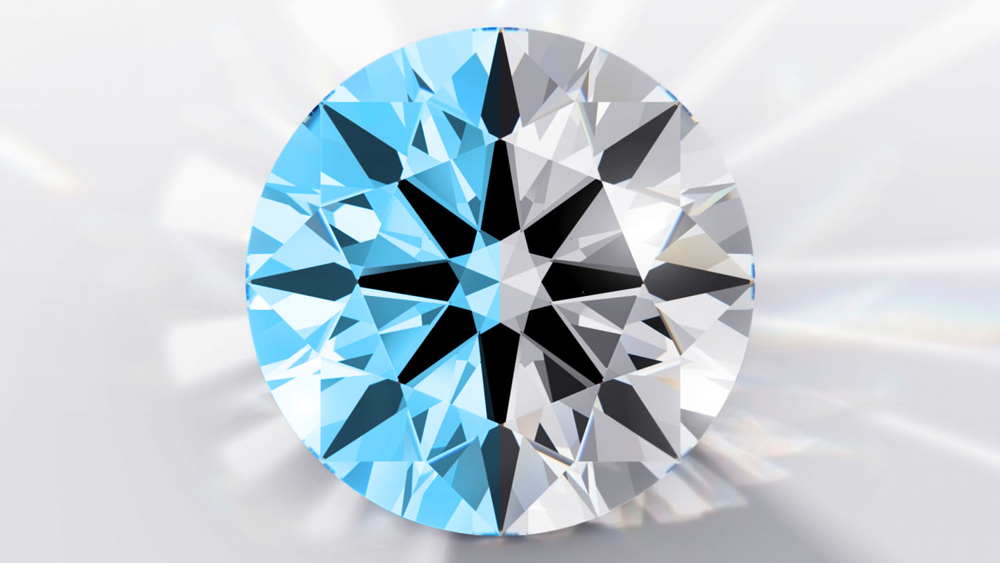
- 1. High-fluorescent lab grown diamonds are often cheaper than non-fluorescent ones because there is less demand for them. This is especially true for higher color grades (diamonds that are almost colorless), where fluorescence can produce noticeable tints or colors.
- 2. Fluorescent diamonds can make lower-grade lab-created diamonds appear less yellow and brighter in color.
- 3. Lastly, you could enjoy the fluorescence effect that lab diamonds' fluorescence causes. Sometimes unseen, they can make your diamond shine and stand out in a remarkable way.
Is The Shine of Phosphorescence Different from the Fluorescence?
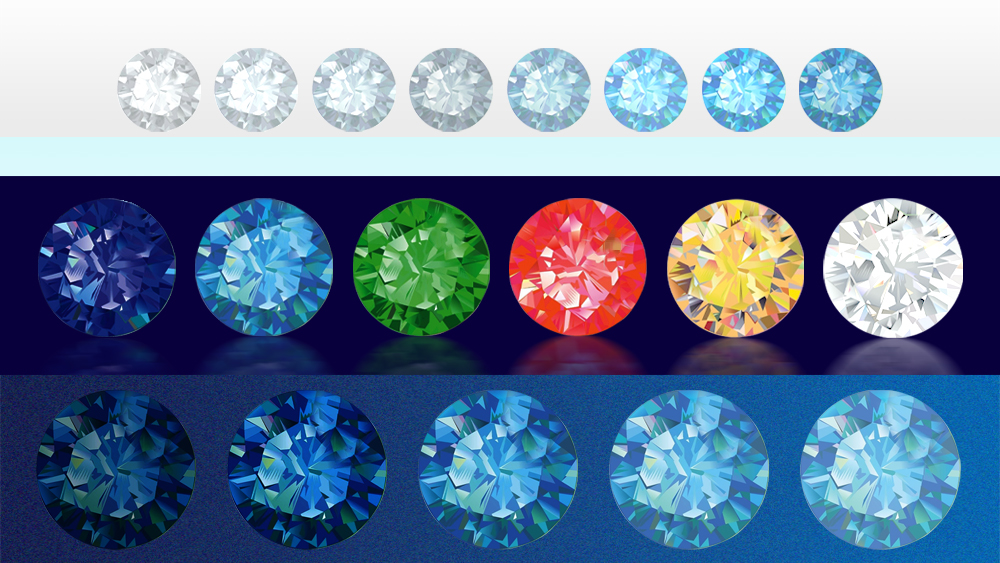
Fluorescence is when a material, like a diamond, emits light when exposed to certain types of light, like ultraviolet (UV) radiation. Phosphorescence refers to a material that emits light after being exposed to light. For example, think of the stars that glow in the dark and are stuck to your ceiling.
How Is the Color of Lab-created Diamonds Affected by Fluorescence?
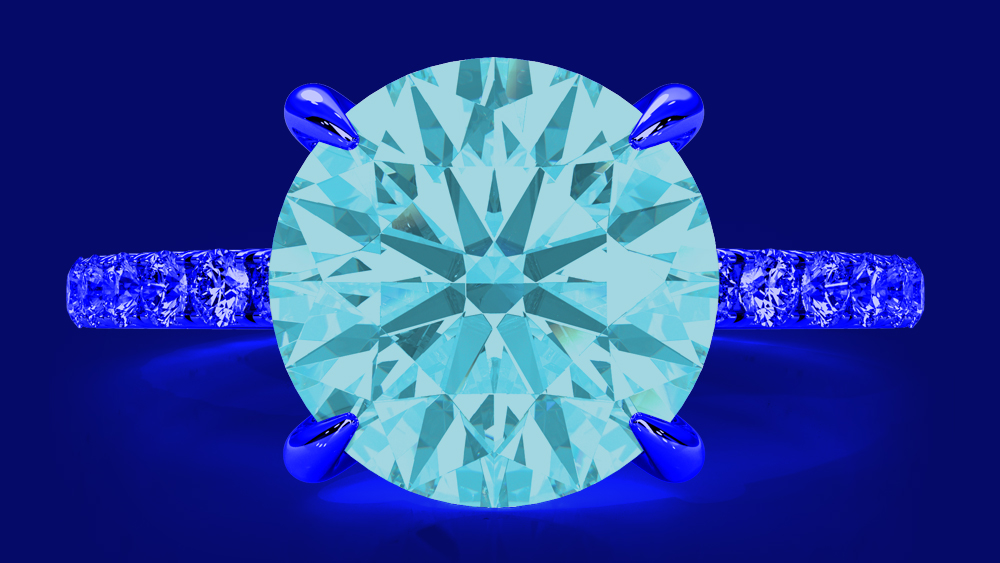
When in contact with ultraviolet light, lab diamonds frequently release visible light. Fluorescence is a phenomenon that can give the diamond the appearance of glowing. The diamond glows due to the UV light's absorption, which is followed by a remission of visible light. The diamond may appear lighter or darker due to the glow than it would otherwise if there were no fluorescence.
The fluorescence color can also have an effect on the diamond's color. Fluorescence, for instance, can have a variety of effects on the color of lab grown diamonds.
A diamond with excessive fluorescence may appear milky or fuzzy, which may decrease its attractiveness and reduce its worth. On the other hand, a faint fluorescence can intensify the diamond's color, giving it a brighter, more vibrant appearance. The fluorescence type, strength, and diamond color affect how fluorescence impacts lab-grown diamond color. Fluorescence may have a greater impact on some colors, like yellow or brown, than on others, like blue or green.
A lab diamond's fluorescence can also be influenced by outside factors like the surroundings or lighting. The diamond may appear different due to these characteristics than it would under other circumstances. Consequently, while assessing the color of a lab diamond, special care should be used.
Fluorescence's Impact on Fancy-colored Diamonds
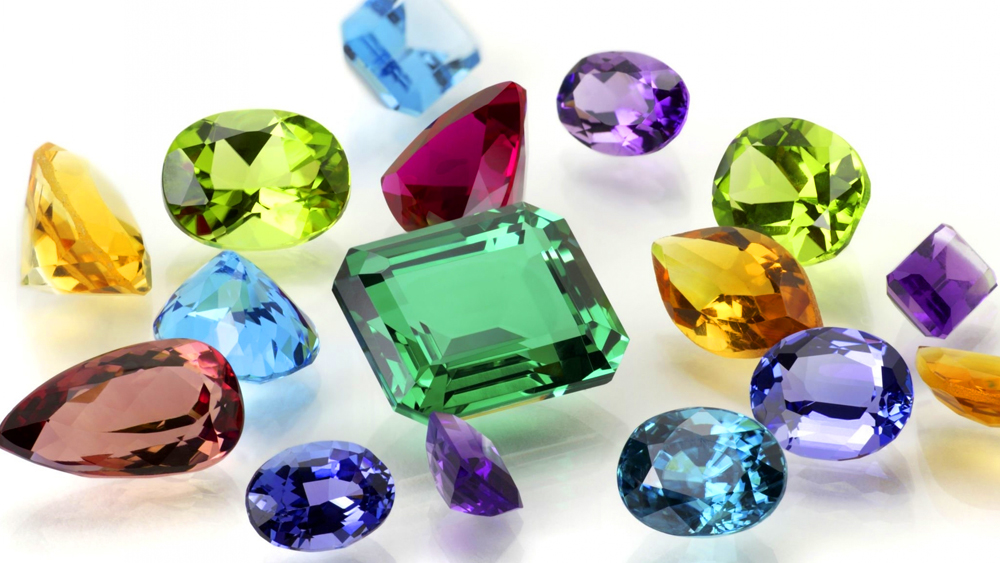
Fluorescence has the ability to improve the color of fancy color diamonds. The overall appearance can be enhanced by combining the fluorescence color with the diamond's color.
For instance, fluorescence is frequently observed in yellow stones. The existence of fluorescence can occasionally go unnoticed. Sometimes, the yellow diamond can look milky or have a brownish tint, exhibited strong or extremely strong qualities.
Conclusion
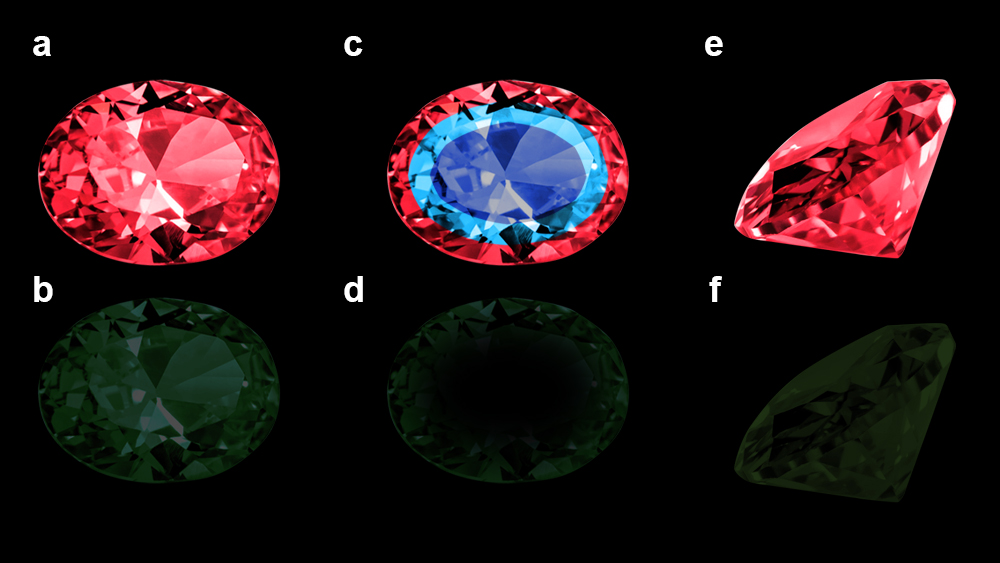
In Diamond View, most CVD showed bright blue fluorescence, orange, red, blue, and sometimes mixed purple and red colors. Phosphorescence in lab grown diamonds typically have inert, however on occasion, varying degrees of mild blue-green phosphorescence have been seen. Research suggests that the development of lab-grown diamonds may be linked to different fluorescence colors and phosphorescence strengths. The flaws in the internal crystal plane may be the cause of the change in fluorescence colors.
Imperfections in the crystal structure during the growth process are believed to cause various colors of light. The light also appears in different directions. Additionally, there is a glow that continues even after the light source is removed.
Diamond phosphorescence, which causes a diamond to glow even after being cut, should not be confused with diamond fluorescence.

